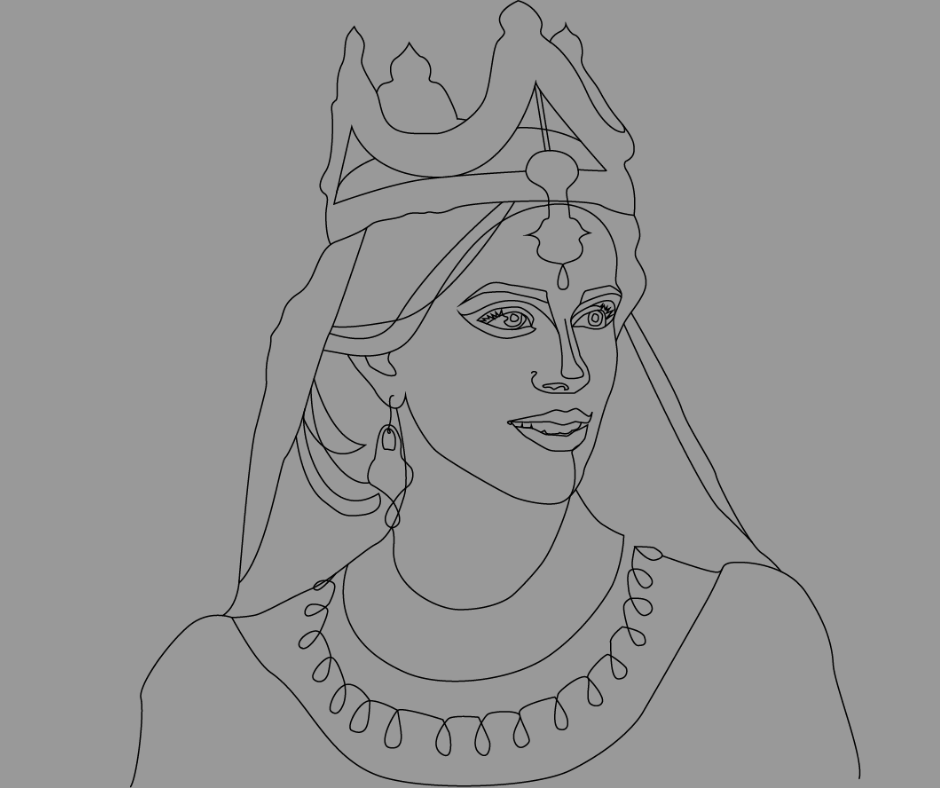Five Things About Esther That Nobody Talks About
by Rachel Friedlander | February 19 2019
Purim is certainly a joyous occasion in the Jewish household – complete with costumes, feasting, and drinking (until said costumes get snug and uncomfortable).
Of course, no celebration of Purim is complete without the traditional reading of the story of Esther.
Despite being the namesake of the book, Esther’s role is frequently disregarded.
Ironically, despite being the namesake of the book, Esther’s (a.k.a. Hadassah's) role is frequently disregarded. Instead, we often pit good versus evil – Mordecai versus Haman – and treat Esther like the cute Jewish cheerleader on the sidelines.
But to push Esther out of the limelight is to underestimate the power of the story.
She is one of the few, true heroines of the Tanakh. And, from what we read, her story isn’t exactly as pretty as her face. It’s gritty and (unfortunately) relatable to readers who may have rocky histories of their own.
Here are a few things Esther went through:
1. She lived in exile.
Esther and a significant number of the Jewish people lived scattered throughout Persia after the Babylonian exile. Although they had been granted freedom to return to their homeland, many of the Jewish people stayed in exile rather than go back to a war-torn Jerusalem.
2. She was an orphan.
According to Scripture, Esther had no parents. She had lost both her father and her mother and was raised by her older cousin, Mordecai (Esther 2:7).
3. She was taken captive.
The Persian King, Xerxes (a.k.a. Ahasuerus), was displeased with his wife and sought her replacement. So, naturally, he made a decree in order to gather to himself all suitable virgins in the region.
So when the king’s order and edict had been proclaimed, and when many young women were gathered in Susa the citadel in custody of Hegai, Esther also was taken to the king’s palace and put in custody of Hegai, who had charge of the women. (Esther 2:8)
We read in Scripture that Esther was young and exceptionally beautiful. We can also see that, from the language used here, Esther didn’t have much say in the matters that unfolded. She most likely didn’t submit a résumé or raise her hand excitedly to volunteer for the harem. She was young, she was pretty, and she was taken.
4. She was raped.
This part comes as a shocker to people – even to those who have read the whole Megillah as part of their yearly Purim celebration. But the Scriptures are pretty clear about what happened.
Now when the turn came for each young woman to go in to King Ahasuerus, after being twelve months under the regulations for the women, since this was the regular period of their beautifying, six months with oil of myrrh and six months with spices and ointments for women – when the young woman went in to the king in this way, she was given whatever she desired to take with her from the harem to the king's palace. In the evening she would go in, and in the morning she would return to the second harem in custody of Shaashgaz, the king's eunuch, who was in charge of the concubines. She would not go in to the king again, unless the king delighted in her and she was summoned by name.” (Esther 2:12-14)
The virgins, who were all quite young, were escorted to the king, who is said to have been approximately 40 years of age at the time. They were taken one by one, for him to sleep with. They didn’t return to the other virgins, but instead were added to the number of the king’s other concubines (a.k.a. sex slaves without wife status). No other man could ever be their husband, and they never saw the king again unless he was “pleased with them.” In short, the king test-drove all the models before making his purchase, and he “purchased” Esther to replace his former queen.
5. She risked execution.
When Mordecai learns of Haman’s (the king’s advisor) plot to annihilate all of the Jewish people, Esther is pushed to center stage. Mordecai sends the queen a message, telling her to throw herself before the king and beg for mercy on behalf of her people. This wasn’t as easy as it may have sounded. Esther knew that anyone who approached the king without first being summoned was killed – unless the king was in the mood to extend his scepter and spare their life. What Mordecai was asking her to do could have easily been the last thing she ever did.
But Mordecai said: “Do not think to yourself that in the king's palace you will escape any more than all the other Jews. For if you keep silent at this time, relief and deliverance will rise for the Jews from another place, but you and your father's house will perish. And who knows whether you have not come to the kingdom for such a time as this?” (Esther 4:13-14). Hello, Jewish guilt.
So Esther, Mordecai, and the Jewish people fasted and prayed. Then Esther went before the king.
Thankfully, the king held out his scepter. He heard her case and granted her requests.
God used both Mordecai and Esther in a powerful way to deliver the Jewish people from obliteration.
Esther wasn’t a cheerleader. She wasn’t Mordecai’s sidekick.
Esther wasn’t a cheerleader. She wasn’t Mordecai’s sidekick. By spending a moment focusing on Esther as an individual and addressing the very real and horrible things this woman of God endured, we are able to more clearly see her character and courage and God's redemptive love at work in spite of the sins of man.
He chose a woman who had everything taken from her – her parents, her freedom, her virginity – and He gave her everything. He used someone who, due to gender, culture, and circumstance, was powerless and invisible and made her the pivotal, formidable heroine.
Esther's story is a powerful reminder that God can bring about new life, redemption, and freedom, even when it seems an impossible feat.
"Behold, I am about to do something new; even now it is coming. Do you not see it? Indeed, I will make a way in the wilderness and streams in the desert." (Isaiah 43:19)

